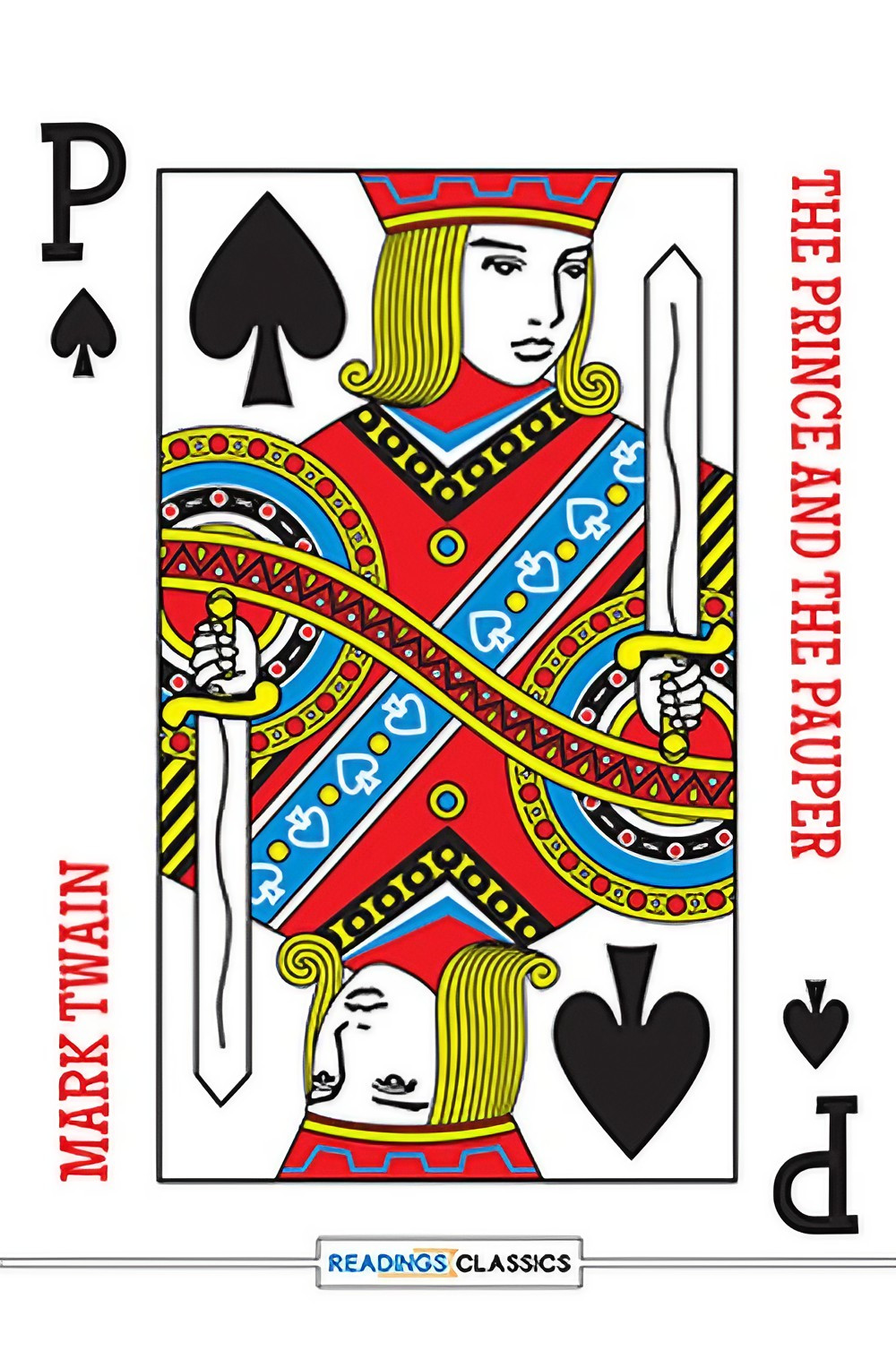The Prince and the Pauper
Author: Mark Twain
Pages: 276
Language: English
"The Prince and the Pauper" is the story of two boys who are identical in appearance but come from vastly different social backgrounds. Tom Canty is a poor boy living in the slums of London, while Prince Edward is the son of King Henry VIII of England. One day, the two boys meet by chance and, out of curiosity, decide to exchange clothes. Due to their striking resemblance, this leads to them unintentionally swapping places and becoming mistaken for each other.
Tom, now in the royal palace, struggles to adapt to the luxuries and the expectations of being a prince, while Edward, now in rags, faces the harsh realities of life as a commoner. As Edward encounters the suffering of the poor and the injustices of society, he gains a deeper understanding of his kingdom and vows to be a better ruler. Meanwhile, Tom, who learns about the royal court's politics, yearns to return to his simple life. The story culminates with a series of dramatic events leading to the revelation of their true identities, allowing each boy to return to his rightful place.
Highlights of "The Prince and the Pauper":
Exploration of Social Inequality: The novel provides a sharp critique of social inequality and the stark differences between the lives of the rich and the poor in Tudor England. Through Edward's experiences as a pauper, Mark Twain highlights the hardships faced by the lower classes.
Themes of Empathy and Understanding: By experiencing life from each other's perspective, both Tom and Edward develop empathy and understanding. The story emphasizes the importance of seeing life from different viewpoints and how such experiences can lead to personal growth.
Satirical Commentary on Royalty and Power: Twain uses humor and satire to comment on the absurdities of the monarchy and the way power is exercised. Through Tom's naïve yet insightful observations while in the palace, Twain provides a critical look at court life and the rigid structures of power.
Adventure and Identity Swap: The engaging plot of mistaken identities, coupled with a series of adventures and close calls, makes the narrative exciting and keeps readers hooked. It is a classic tale that explores identity, destiny, and the question of what defines a person—birthright or character.
"The Prince and the Pauper" remains a timeless work that combines Twain's wit with social commentary, providing both entertainment and thought-provoking insights.
